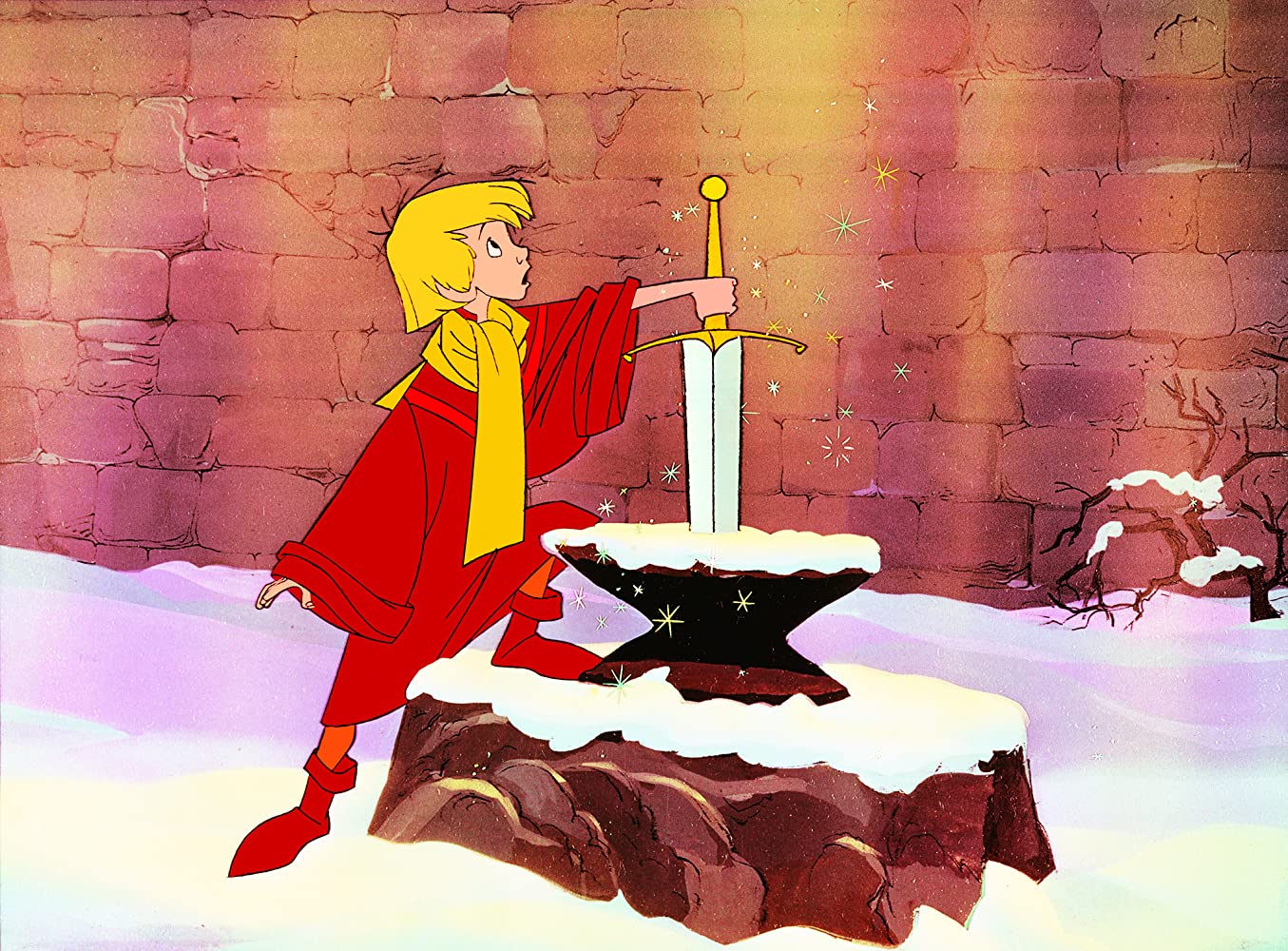Disney’s The Sword in the Stone Remains One of the Best King Arthur Adaptations


Walt Disney worked on two final films before his death. The last would be The Jungle Book, released ten months after his passing, but The Sword in the Stone would be the last film released in his lifetime. Loosely based on T. H. White’s The Once and Future King, the film delivers one of the best adaptations of King Arthur because it only focuses on telling a fun story.
Rather than trying to be a large-scale epic, The Sword in the Stone is, instead, a good ol’ Bildungsroman that shows Arthur’s evolution from a put-upon boy who is dubbed Wart by his foster family, to highlight the kindness, intelligence, bravery, and loyalty that will eventually make him a good king (for the most part).
Also, it’s got Madame Mim, who is the greatest.
In a lot of adaptations, Arthur’s Chosen One status can be frustrating, especially when he isn’t shown to be particularly interesting or compelling. Highlighting wee Arthur and showing his humbling background makes the audience root for him a lot more. Unlike in the book, where Sir Ector and Kay are a lot kinder to Wart/Arthur, the film makes them a much stricter step-family that helps you to empathize with him.
Throughout the film, he is guided by the well-meaning but dithering Merlin, who tells the boy that he is meant for something great and spends the movie transforming him and putting him in near-death situations. For growth. All the while, each of Merlin’s lessons puts Wart in trouble with his foster family as it causes him to abandons his chores. Despite the fact that Wart does want to learn, he also wants to have a place among his family as a squire.
When he forgets Kay’s sword in the inn during an important joust, Wart ends up just coming across the titular sword in the stone and pulls it out—not for himself, but because “Kay’s got to have a sword.” As he returns with it, no one believes that he pulled it out, and they demand Wart do it again. He does, and all of a sudden, Wart becomes King Arthur.
Despite critics saying that it had a “thin” narrative, I love this movie because it understood that quests are part of the Arthurian legends. Each little transformation adventure Wart goes on is a fun way of showing who he is as a person—like when that female squirrel falls in love with him and won’t leave. He’s annoyed by her, but after she saves him and is devastated that he’s a real boy, Wart still feels empathy for her.
Even when he becomes king and Ector bows to him, you can see that Wart doesn’t feel comfortable with everyone just worshipping him and doesn’t feel malice towards those who have treated him badly.
Wart represents the ideals of what King Arthur is supposed to represent: a leader who doesn’t seek glory, listens to good counsel, and like many chosen ones, was raised to know the value of good work. It may not be the most “accurate” version, but it has the soul of a great Arthurian story—plus, less dubious consent issues.
Man, I hope that squirrel is doing alright.
(image: Disney)
Want more stories like this? Become a subscriber and support the site!
—The Mary Sue has a strict comment policy that forbids, but is not limited to, personal insults toward anyone, hate speech, and trolling.—
Have a tip we should know? [email protected]
